
About This Quiz
Scrolling back into ancient history, you can find examples of early arithmetic in places like ancient Egypt, Sumeria Mesopotamia, and Assyria. Formal systems of mathematics date back at least to the year 3000 BC and probably even much earlier. Much of the math we use today, including the specific symbols, was created by philosophers and mathematicians like Gottfried Wilhelm Leibniz and Leonhard Euler hundreds of years ago. While most people are familiar with the basics of math, things like simple addition and subtraction, multiplication and division, maybe a little bit of economics and probability, ratios, fractions and percentages, there's a lot more to the world of math than all of that. Where we leave all those basic symbols behind and get into probabilities, calculus, set theory, geometry and algebra, there's a whole lot to be familiar with.
If you're the type of person who can look at a blackboard filled with mathematical formulas and make sense of where the sigmas and the discriminants fit in rather than just seeing gibberish symbols, then maybe this is the perfect quiz for you. So grab your scientific calculator, jump on, and do the quiz to see how many of these symbols you can identify.
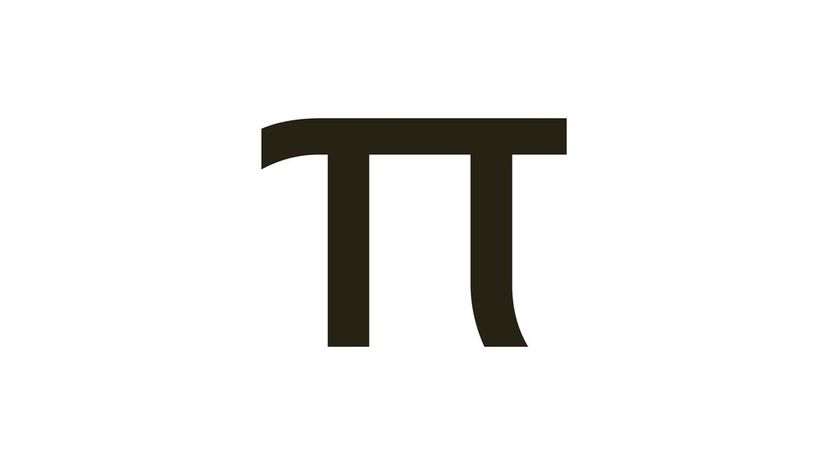
Pi, sometimes called Archimedes' constant, is the ratio of a circle's circumference to its diameter, and it is a mathematical constant. The number goes on forever, but most of us know it as roughly 3.14159.

An aleph number is a number in set theory that represents the size of infinite sets that can be well ordered. The symbol used to represent them is also where they get their name, and it's the Hebrew letter known as aleph.

This is the symbol for universal set or all numbers being considered. It can be used to represent all numbers, whether they're real or not, which is why the word "universal" is used here. It covers everything!
Advertisement
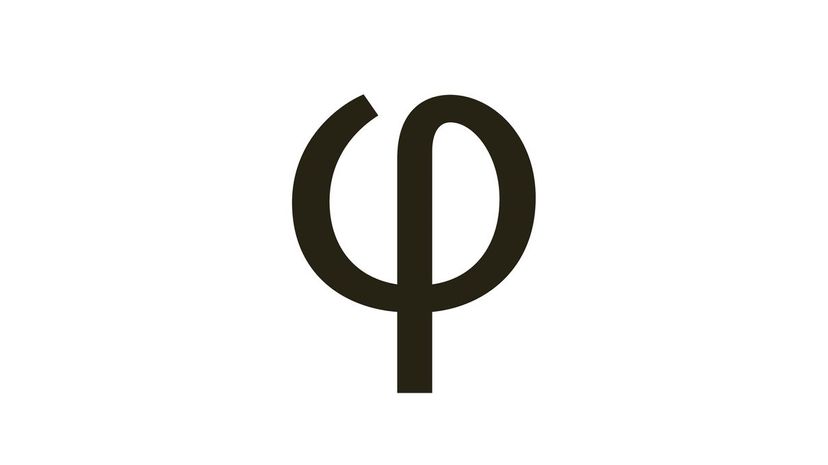
This zany little symbol stands for the golden ratio. It's actually the lowercase form of the Greek letter Phi, but sometimes the uppercase version is used as well. The ratio is equal to 1.618 and is what happens when the ratio of two quantities is the same as the ratio of their sum to the larger of the two quantities.

That "Y" is the lowercase Greek letter gamma and it's the symbol for the Euler-Mascheroni constant. It is the limiting difference between the harmonic series and the natural logarithm and is one of those numbers that stretches into infinity, like pi. It starts with 0.57721, though.
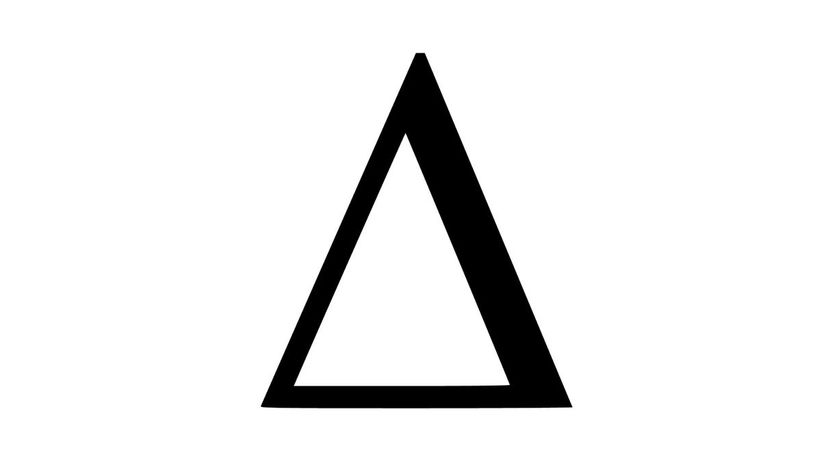
The triangle is also known as the delta symbol, and it's used to represent change or difference. So if you're talking about something like delta p, you're referring to how much p changes or the change in p.
Advertisement

The sigma symbol is the eighth letter of the Greek alphabet, and it is the symbol which is used to indicate summation. What does that mean? It represents the sum of all values in the range of a series.

An exclamation point does more than make math exciting, it represents a factorial. The factorial of a positive integer is the product of all positive integers less than or equal to "n." So if n=1 then 1! is 1, and if n=3 then 3! = 6.
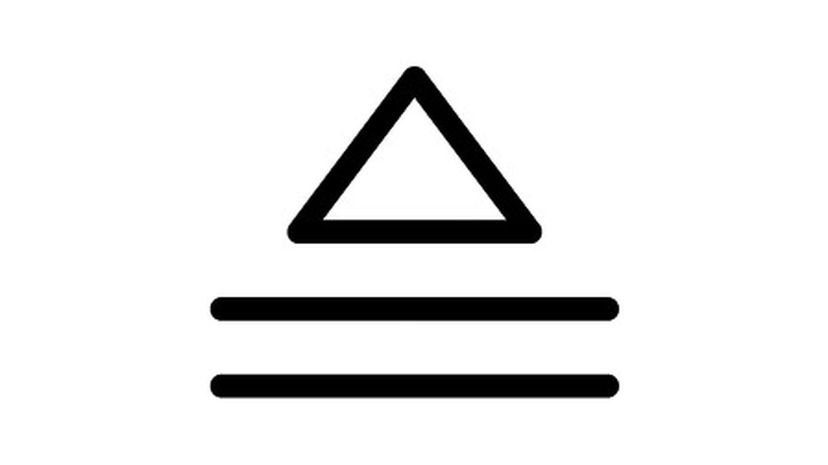
It can be a little difficult to wrap your head around what makes this equal by definition different from a simple equals sign, but think of it this way. Whatever is on the left of the symbol is being defined by the symbol on the right.
Advertisement
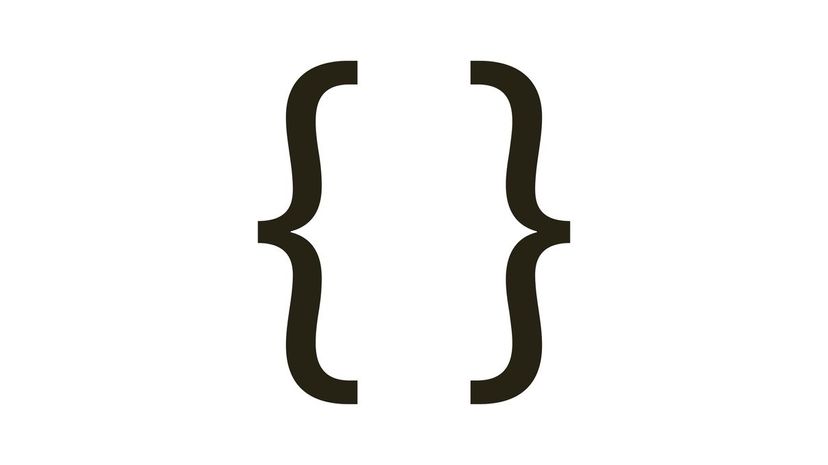
Different brackets mean different things, and these curly brackets are reserved specifically for bracketing a set. So when you define numbers in a set, you put the set in the curly brackets to denote whatever it means, like X = {66, 55, 44}.
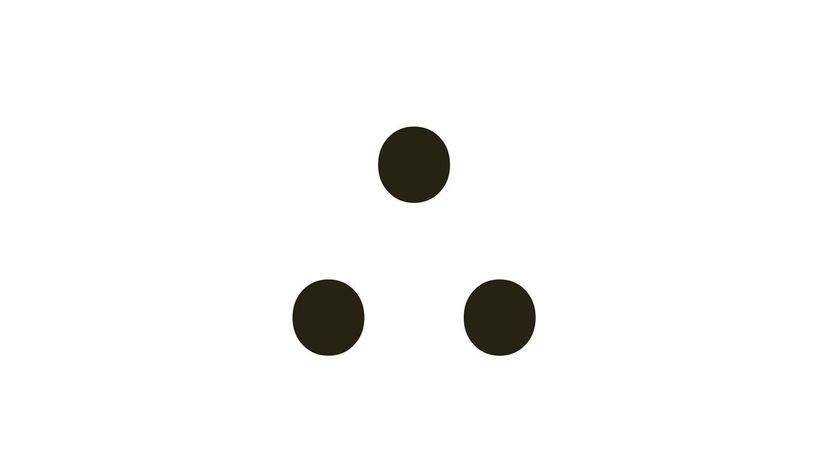
These three dots mean "therefore." You use this to show some proofs before the logical consequences of those proofs. For instance, all dogs have four legs, pugs are dogs ∴ pugs have four legs.
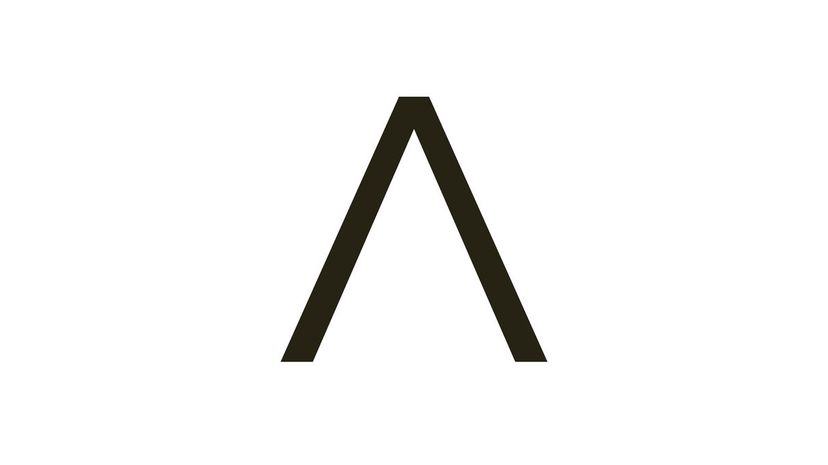
The caret symbol is used to indicate an exponent is present. If you wrote an exponent by hand, you would just superscript the number. But since you can't do that on some calculators or in certain programs, the caret indicates the number is raised up as an exponent
Advertisement

The integral symbol is used to show both integrals and anti derivatives in math. It's part of what is known as Leibniz's notation, named in honor of German philosopher and mathematician Gottfried Wilhelm Leibniz.

A lowercase "i" is used to indicate an imaginary unit or number. A real number multiplied by the imaginary unit gives you an imaginary number which you can write as x2 + 1 = 0 or the square root of -1, neither of which exist, which is why they're called imaginary.
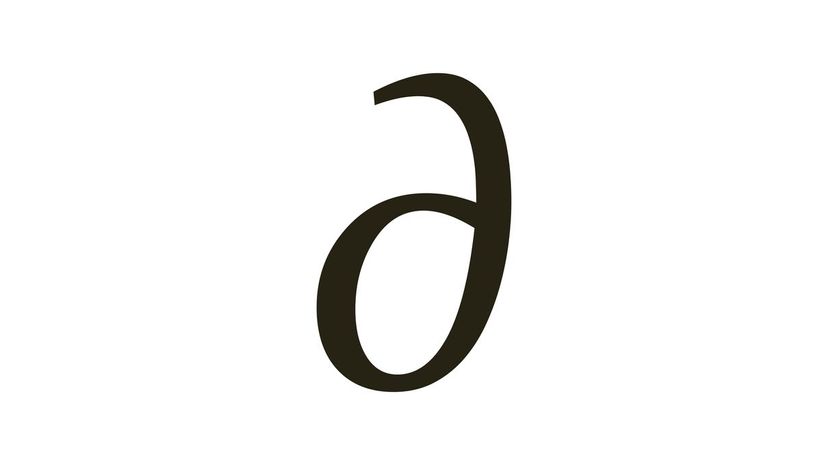
The ∂ symbol is used to indicate a partial derivative. French philosopher and mathematician the Marquis de Condorcet came up with the symbol, which is just a stylized letter "d," in 1770.
Advertisement

An "X" inside a circle is the symbol for a tensor product. What's a tensor product? When you have two vectors, and nearly every example you Google is going to label them "v" and "w," then you can build a new vector called the tensor product v⊗w.

The arc symbol is used in Euclidian geometry and represents a closed segment of a differential curve. It's the arc from whatever point A is to whatever point B is and could be written pretty simply as the symbol over AB = 30 or whatever.

You can use the dash, which looks like a curved minus symbol, to indicate a similarity between shapes in a case where the shapes are the same but they are of difference sizes. An example might be ∆ABC ~ ∆123.
Advertisement

That little line there, the vertical bar, means such that or so that. It's occasionally mistaken for the division symbol, which should properly be on a slant but will sometimes be written as a similar vertical bar.

The epsilon symbol is the fifth letter of the Greek alphabet, and it is also used in mathematics to indicate an extremely small number- something near zero but not quite zero - or any arbitrarily small positive integer.

The proportional symbol in mathematics signifies changes in some variables that are always going to be related to each other, using a constant. In a formula, it would read as something like if y = 2x, then y ∠x.
Advertisement
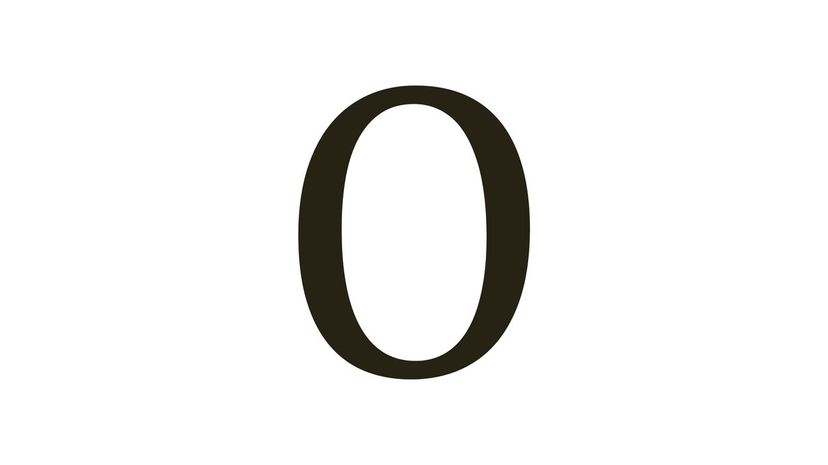
Arguably one of the coolest named symbols in mathematics, Big O notation is a term that describes the limiting behavior of a function, when the argument tends towards a certain value or infinity. It is part of Bachmann-Landau notation.

You won't see the dagger symbol very often because it can weirdly be replaced by an asterisk which means the exact same thing and is, of course, much easier to type. After all, how do you make the dagger symbol? In any event, it is a Hermitian adjoint in which A†means the transpose of the complex conjugate of A.

The crossed out reverse E symbol means "there does not exist," while the non-crossed out version means "there exists." Its use can indicate an existential quantification where function of the operand is true only for one value of operand.
Advertisement
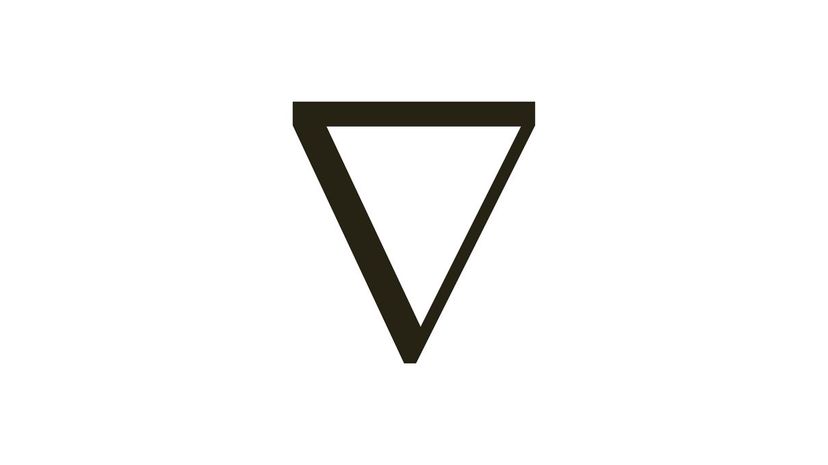
In calculus, the upside down triangle symbol means del or nabla. It denotes gradient and vector derivatives when applied to a function defined on a one-dimensional domain. The name comes from the word for a type of harp.
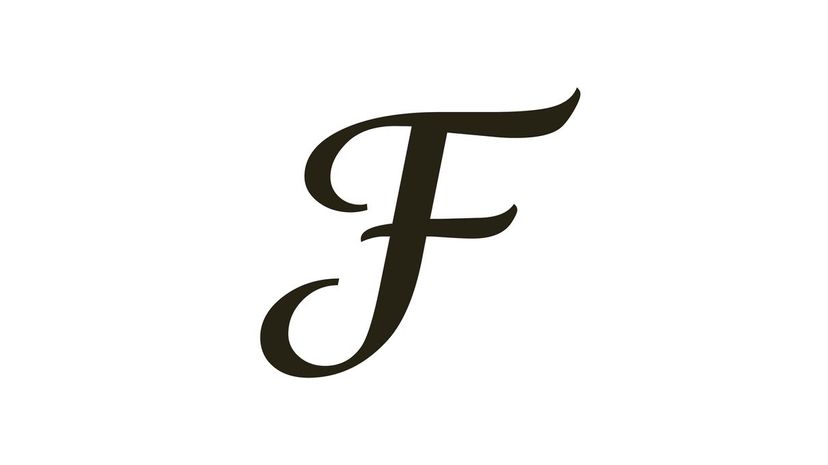
The fancy looking "F" symbol is used for Fourier transform, and it signifies the transformation of signals into time and frequency domains. That is to say it breaks the signals into cosines and sines for you.

Named for Swiss mathematician Leonhard Euler, Euler's number is a mathematical constant equal to 2.718281828 and on into infinity. It is the base of the natural logarithm: the unique number whose natural logarithm is equal to one.
Advertisement

Pierre-Simon, the marquis de Laplace, gives the name to the Laplace transform. What does it do? The Laplace transform transforms a function of a real variable - which is usually time - to a function of a complex variable. You'll find this most often in calculus and engineering.

The "T" symbol indicates transpose in algebraic formula. The transpose of a matrix flips it on its diagonal to create a new matrix based around that same diagonal that will now be labeled with the superscript T.

The symbol P (A) means probability function, and it is used to indicate the probability that A, whatever it may be, will occur. So if A is the sun rising tomorrow, then you could say P (A) = 100 because it's 100% likely the sun is going to rise.
Advertisement

The Q1 symbol indicates the lower quartile or the lowest 25% of a given set of data. It's followed by Q2 and Q3 and Q4, which indicate the subsequent quarters of data in a given set accordingly.
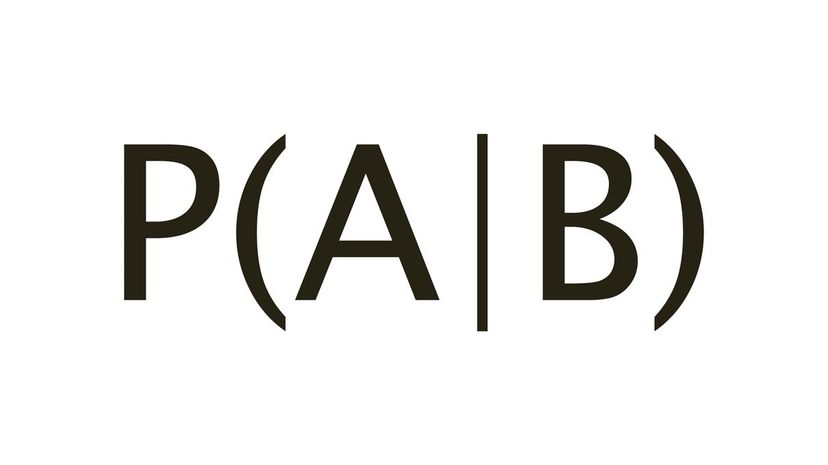
When you see this symbol, it's indicating conditional probability function. What does that mean? It refers to the probability of event A given that event B occurred. So the probability (P) that you will not be hungry in an hour (A) given that you just ate (B) is P(A | B) = 100.

The symbol E(X) indicates an expectation value, meaning the expected weighted average value of a random variable noted by the letter "X." The symbol is used when dealing with probability and statistics.
Advertisement
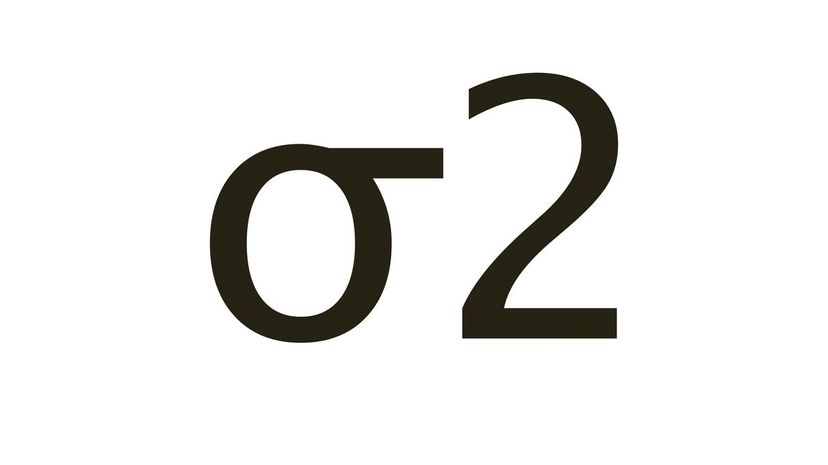
Sigma squared is the symbol used for variance and refers to the variance of population values. The full formula for population variance is sigma squared equals the sum of "x" minus the mean squared divided by "n."